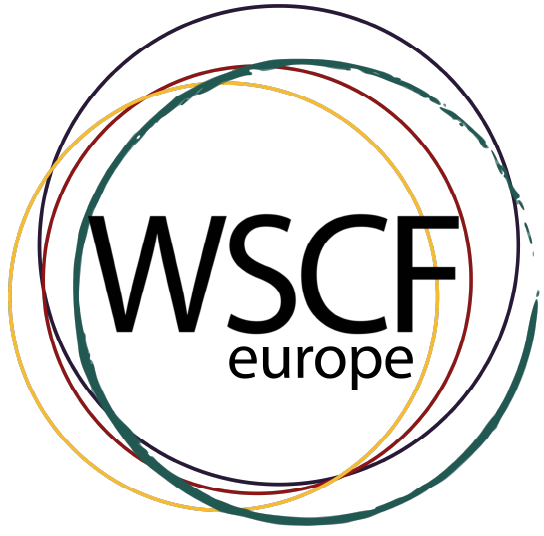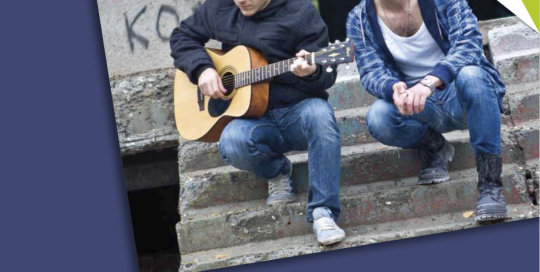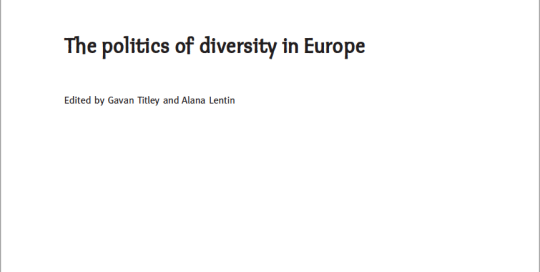T-Kit 12: Youth transforming conflict. The thematic field represented by the intersection between conflict, youth and educational practice is an obvious choice considering these criteria. Many youth organisations and youth work services work actively and focus on dealing with conflicts of different kinds. Nevertheless, these often lack resources, relevant information and methods for their daily

Right to Remember. A Handbook for Education with Young People on the Roma Genocide
WSCF2021-11-25T23:04:30+01:006. Right to Remember. A Handbook for Education with Young People on the Roma Genocide. A Handbook for Education with Young People on the Roma Genocide -The publication is a self-contained educational resource for all those wishing to promote deeper awareness of the Roma Genocide and combat discrimination. Right to Remember includes educational activities, as
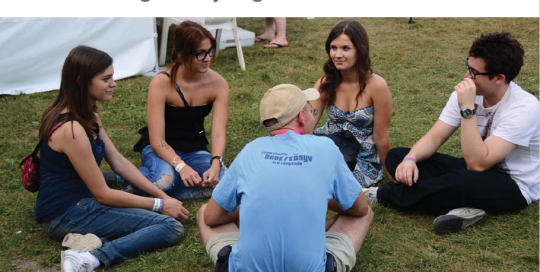
Don’t judge a book by its cover! The living Library Organiser’s Guide
WSCF2021-11-25T23:04:36+01:00Don’t judge a book by its cover! The living Library Organiser’s Guide. The Books in the Living Library are people representing groups frequently confronted with prejudices and stereotypes, and who are often victims of discrimination or social exclusion. In this library, Books cannot only speak, but they are able to reply to the readers’ questions,
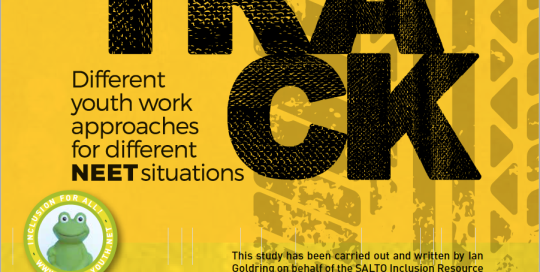
On Track – Different youth work approaches for different NEET situations
WSCF2021-11-25T23:04:00+01:00On Track – Different youth work approaches for different NEET situations. NEET — Not in Employment Education or Training. The term is simple, but the complex range of problems, causes and individual circumstances this umbrella term refers to is anything but simple or uniform. Likewise, there is no one action or strategy youth work can

Intercultural learning in non-formal education
WSCF2021-11-25T23:03:42+01:00Intercultural learning in non-formal education. Intercultural learning has long held a central role in European youth work and policy, especially in international youth exchanges. The expectations placed on intercultural learning as a process, as an educational and social objective and, lastly, as a political attitude in relation to diversity remain fully relevant in Europe today.

T-Kit 4: Intercultural Learning
WSCF2021-11-25T23:03:24+01:00T-Kit 4: Intercultural Learning. The result is a revised T-Kit intended as an educational material for youth workers, educators and trainers to understand what intercultural learning is and how to best consider it and enhance it when planning, running and evaluating activities with young people. The ultimate aim of these educational processes is to enable
The politics of diversity in Europe
WSCF2021-11-25T23:03:15+01:00The politics of diversity in Europe. It is this apparent acceptance of diversity as a fact and value that this book sets out to examine, in a range of ways, it offers a countervailing assessment of ‘diversity; seeing it less as a unifying social imaginary and more as a cost-free form of politics attuned to
Youth policy essentials
WSCF2021-11-25T23:03:08+01:00Youth policy essentials. How can policies enable young people to be active citizens? How can they support young people to be included in society and to realise their aspirations and potential? This overview of the main concepts, principles, and challenges of youth policy is meant to help answer these questions. 9. Youth policy essentials Publication

Intercultural dialogue guidelines
WSCF2021-11-25T23:03:05+01:003. Intercultural dialogue guidelines. Guidelines for intercultural dialogue in non-formal learning / education activities. These guidelines were created to support organisers of youth activities to consciously embed intercultural dialogue in their projects. The guidelines refer to learning principles, methodologies and practices. While there is no universal recipe for addressing intercultural dialogue, the use of certain principles
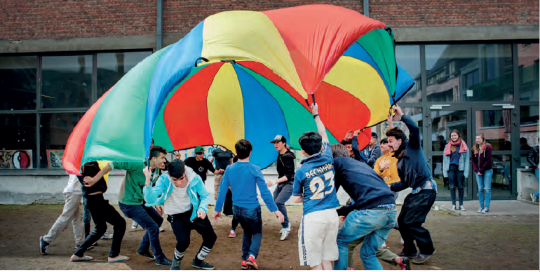
Step-by-step together. Support, Tips, Examples and Possibilities for youth work with young refugees
WSCF2021-11-25T23:02:46+01:00Step-by-step together. Support, Tips, Examples and Possibilities for youth work with young refugees.This publication offers practical tools for youth work on the inclusion and participation of young refugees at local level. It focuses on youth participation and inclusion as key dimensions to build inclusive societies and, at the same time, to create an enabling environment
